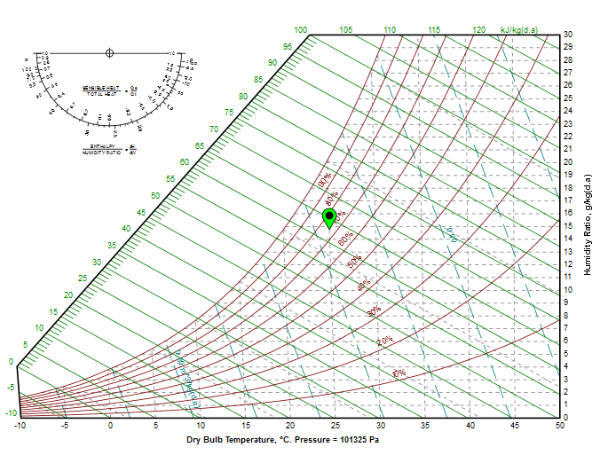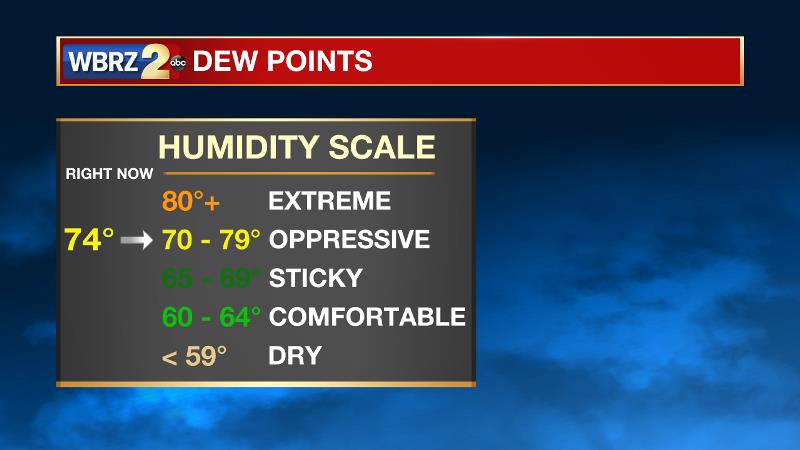
Atmospheric dew point is an important concept in meteorology. The atmospheric dew point is related to the relative humidity in atmospheric air the higher the humidity (the more moisture is in the air), the higher the temperature at which dew will begin to form. The atmospheric dew point is the temperature at which liquid water falls out of the air at normal atmospheric pressures (~14.7 PSI at sea level, or ~1 bar).ĭifferences Between Atmospheric Dew Point, Pressure Dew Point, and Frost PointĪtmospheric dew point, pressure dew point, and frost point are related terms, but they have slightly different definitions and applications: In very low humidity, condensation may not form until temperatures are below the freezing point of water. The more humidity in the air, the higher the temperature at which condensation starts to form. As temperatures cool overnight, dew forms on grass and other surfaces. Warm daytime air holds more moisture (or humidity). We see this in action in nature at atmospheric pressure. The temperature at which this happens is the dew point. As the temperature continues to drop, excess water condenses as a liquid. As air is cooled at constant pressure, it becomes more and more saturated.

Warmer air can hold more water vapor than cooler air. The amount of water that can be held in a volume of air is directly related to its temperature. A higher dew point means there is more moisture in the air. The dew point is a measure of how much moisture is in the air. The dew point is the temperature at which water vapor in the air starts to condense into a liquid. When air reaches saturation, or 100% relative humidity, it cannot absorb any more water, and additional water falls out as condensation. Air can hold more water vapor at warmer temperatures than at cooler temperatures and lower pressures vs. Relative humidity depends on both temperature and pressure. The relative humidity is a measure of how much water vapor is in the air relative to the maximum amount it can hold.

The dryer the air, the lower the dew point. The dew point is the temperature at which water turns from a vapor into a liquid at a given pressure.

dew point? Dew point and relative humidity are related concepts dew point can be expressed as the temperature and pressure at which air is at 100% relative humidity: Relationship Between Relative Humidity and Dew Point
Dew point vs humidity feel how to#
Here’s how to know if your pressure dew point is too high - and what you can do to fix it. Measuring or calculating your dew point and relative humidity (RH) can help you avoid problems with your compressed air system and production applications. how much moisture the air is capable of holding. To minimize condensation problems in your system, it is important to know how much moisture is in the air vs. relative humidity for your compressed air system? Understanding these measures and the relationship between dewpoint and relative humidity will help you maintain your compressed air system at optimal performance. Do you know how to calculate dew point vs.


 0 kommentar(er)
0 kommentar(er)
